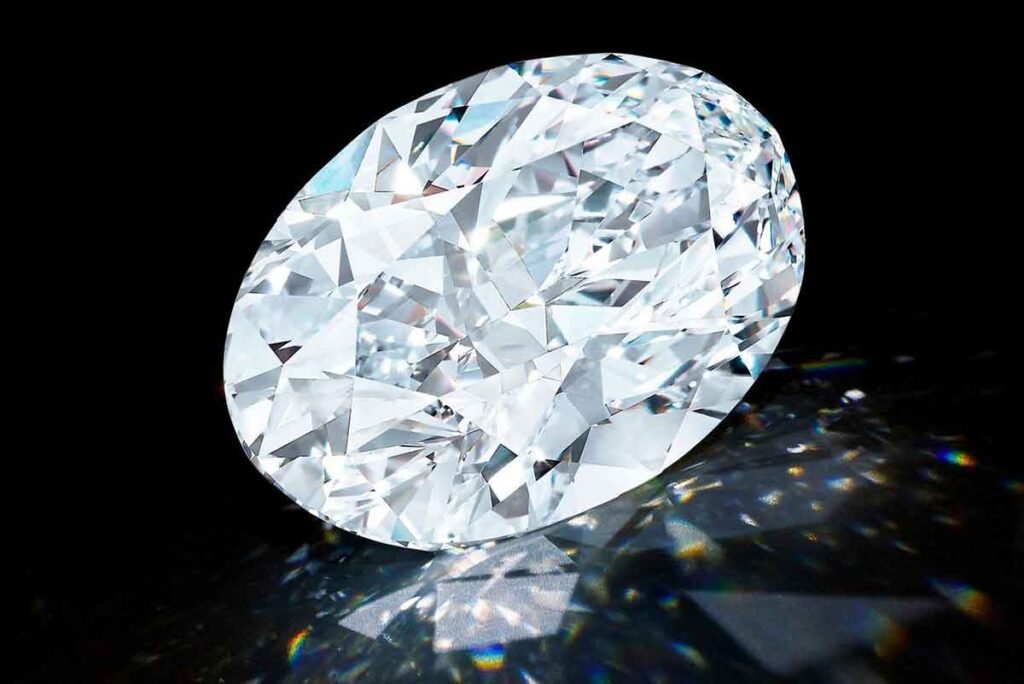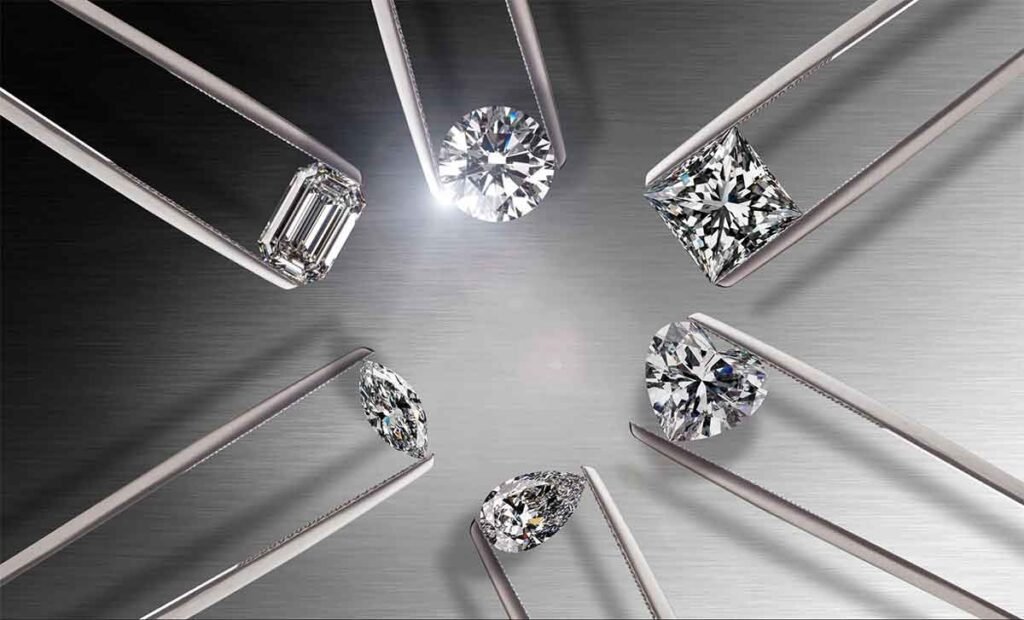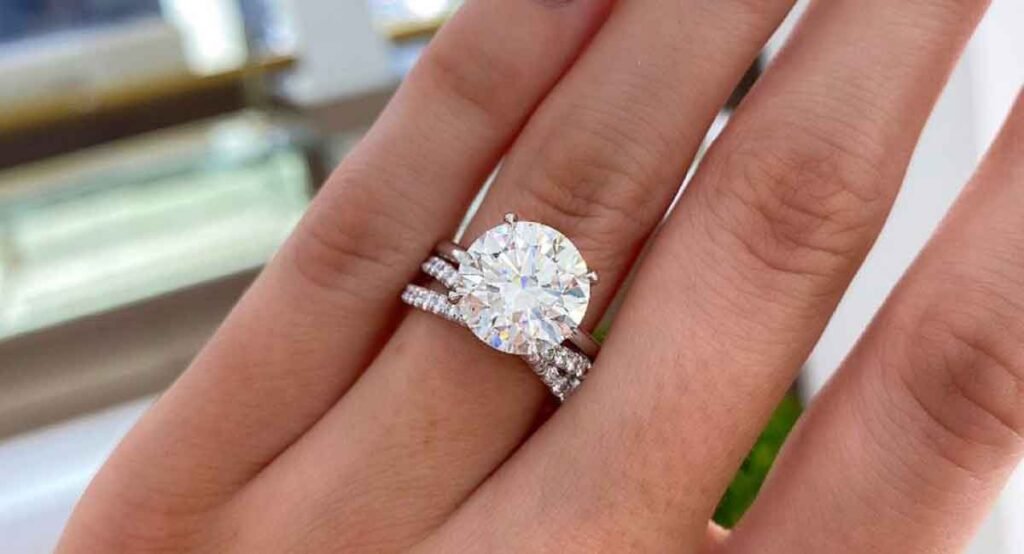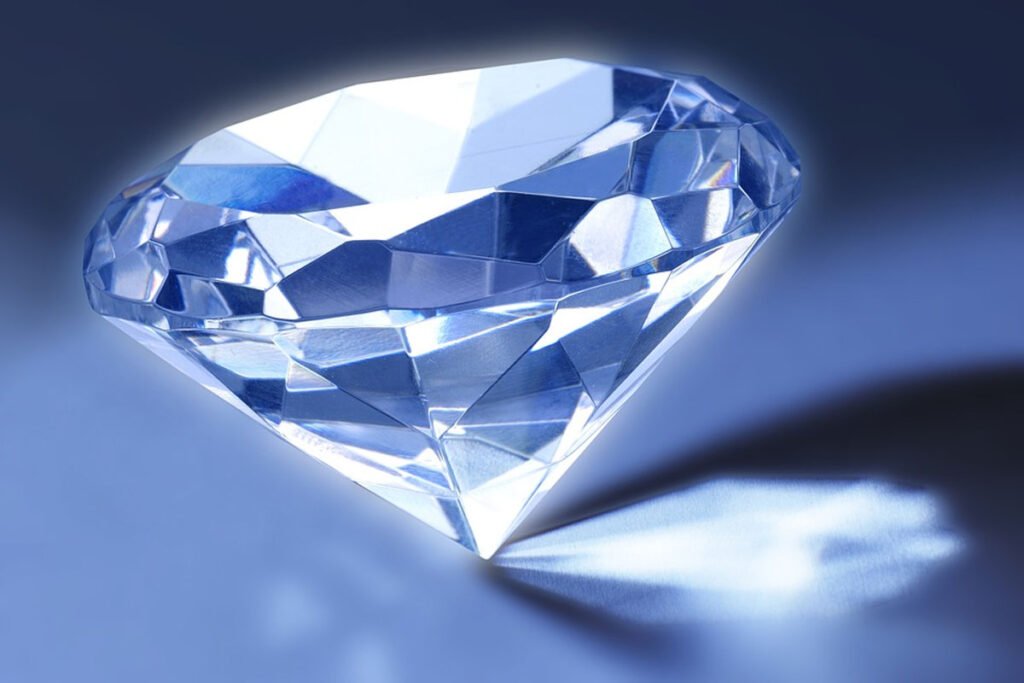Why is making decisions difficult? Because it takes time and effort to weigh your options—even if you only have a couple of them. It becomes more arduous and stressful if have more than a dozen to choose from. You don’t want to be second-guessing, especially if your decision has a huge price tag on it—like buying a high quality diamond—worthy of being a Type IIa diamond.
Though such a decision is not a matter of life or death, it still needs to be evaluated carefully. You may need some value analysis or establish an ROI (return on investment) if you want to get back your investment sometime into the future.
How to Choose a High Quality Diamond
Before making that major purchase decision, before pursuing your quest, first you must know what a high quality diamond is. Well, you’re in luck as we have crammed virtually everything you should know about how to choose a high quality diamond. Read on to learn more.
What is a High-quality Diamond
So, what is a high quality diamond? People involved in the diamond business, from the miners down to the lowest retailer, grade diamonds based on the grading system developed by the GIA (Gemological Institute of America). This grading system, called the GIA diamond grading chart, has been the ‘Bible’ of gemologists since its development in the 1950s, and its core focus is on classifying diamonds according to clarity, color, cut, and carat weight—the 4Cs.
And it is impossible to find what you are looking for without first knowing these.
Clarity
This is a measure of a diamond’s absence of inclusions and blemishes.
So how are diamonds formed? Diamonds are formed from bits of carbon buried hundreds of miles below the Earth’s surface where, for billions of years, they are subjected to unimaginable pressures and temperatures.
Unavoidably, they all develop some defects called inclusions (internal imperfections), or surface irregularities called blemishes.
Clarity is one of the most important among the 4Cs and significantly impacts quality and price. Diamonds with no visible imperfections (under a 10x microscope) are classified as FL (Flawless), one of the characteristics of a high-quality diamond.

And if you are wondering what is the highest quality diamond called? It is called an FL diamond.
Color
When people think of diamonds, what comes to mind is a sparkling, colorless stone that bedazzles the eye. This is partly true as diamonds come in many colors—from colorless, to light yellow, and brown.
Aside from clarity, color is also one of the most important factors that influence a stone’s quality and price. Slight differences in colors dramatically affect its value and price.
For example, two diamonds with the same clarity, cut, and carat weight may differ in price due to differences in color. Even the slightest hint can make one more valuable than the other.
It is also one of the characteristics of a high-quality diamond. They belong to the D, E, and F categories in the GIA scale.
The chart below shows this relationship.

Color-grading a diamond
Color-grading a diamond is entirely a judgemental process. In the GIA laboratory, a specimen is compared to a masterstone, which is a round brilliant diamond of known color.
Another peculiarity of these stones that can affect color is diamond fluorescence—the tendency to emit visible light when exposed to UV light. Though not all diamonds have fluorescence, many do.
Blue is the most common fluorescent color in gem-quality diamonds. In some cases, it can be white, yellow, orange, or many other colors.

Fluorescence can affect a diamond’s color and price. For example, strong fluorescence can make a slightly yellow diamond look colorless under sunlight. It can also make a stone look cloudy or oily. Gems with strong fluorescence are always discounted in price.
Note: A chemically pure and structurally perfect diamond has no color—like a drop of pure water. This diamond type is extremely rare and expensive.
Cut
A well-cut diamond is what catches the eye; it displays the beauty and glitter people expect of their diamond jewelry.
Cut determines how a diamond interacts with light. It is responsible for a diamond’s dazzle, making every facet bounce around the light coming into the stone and reflecting it back to the beholder.

This also separates an excellent gem-cutter from the boys. They can cut diamonds to the right proportions to make them shine brightly, not dark and gloomy.
A well-cut diamond will show these three optical effects:
Brightness
The internal and external white light reflected from a diamond.
Fire
The scattering of white light into all the colors of the rainbow
Scintillation
The sparkle a diamond produces, and the pattern of light and dark areas caused by reflections within the diamond.
Early on, the diamond industry has realized that some cut combinations make light perform better. Subsequently, science and GIA researchers developed many variations and combinations of cut proportions intended to maximize brilliance and fire in round brilliant cut diamonds.
Of course, the term cut is also taken as a diamond’s shape. This is market-driven to satisfy the needs of people looking for different diamonds cuts and shapes, such as the marquise, princess, pear, oval, heart, and emerald cuts (such as the one in this Natalie Diamond review) and shapes.
Carat
Carat (ct), is the weight of a piece of diamond and is equivalent to 0.20 gms., or 0.007 of an ounce.
Diamonds are weighed to a thousandth (0.001) of a carat. They are then rounded off to the nearest decimal point, or fraction, for practical reasons. Stones weighing more than a carat are expressed as 1.03, 0r 1 50 ct. Similarly, small ones are expressed as 0.08, or 0.05 ct. To give you a good sense of comparison, a small paper clip weighs almost a carat.
The relationship between carat weight, rarity, and value is not linear, like a pound of sugar costing twice as much as a half-pound. There are so many factors that make a 1-carat diamond cost about $ 6,000, while a 2-carat gem of similar quality may cost $12,000.
A small difference can mean a lot
Another thing in purchasing diamonds is to be wary that a small difference in carat weight will have a significant impact on how diamonds are priced—that’s because of the influence of the other Cs in diamond classification.
Carat is an expression of weight, not necessarily quality. It is among the 4Cs in qualifying diamonds because it affects the price—with all things being equal, hence a heavier diamond is, of course, more expensive.
So if you are wondering which carat diamond is best in quality, the answer is “there is no such thing.” The major factors contributing to a diamond’s quality are clarity, color, and cut. The best quality diamond is that which the 3Cs—regardless of carat weight. For example, a 0.05 ct diamond belonging to the FL and D categories of clarity and color, is definitely of better quality than a 1.0 ct stone belonging to the VS1 and G.
In view of the above, how much does a high quality 1-carat diamond cost? It costs between $ 1,800 to $ 12,000. Again, the wide difference in prices is dependent on the 4Cs.
What are the Qualities of a High Quality Diamond?
A colorless diamond is considered the perfect diamond. Any hint of color can make a big difference in the quality of a stone. Its qualities and those of any high-quality diamond are set by the 4Cs, which were thoroughly covered above.

Now you are ready to take the plunge, +choose your kind of diamond. But wait. Another hangs in the neer that needs to be answered—how to make sure that you are choosing your idea of a high-quality diamond. The following ‘how-tos’ will help you out.
How to check for…
Carat weight
People buying diamonds, especially first-timers, focus on the carat weight of the gem. No problem with that. But remember that carat weights are often rounded off for practical reasons. A diamond marked 1 ct on the shelf may actually be 0.89 or less. This will make you pay more for less.
Also, remember that two diamond pieces of the same carat weight may have a huge difference in prices, and some may look larger than others even if they have the same carat weight.
Bottom line? Where practicable, have the stone you want to buy weighed again to make sure you are paying for the right carat.
Color
Diamonds are color-graded according to the following:
- Colorless (D-F)
- Near colorless (G-J)
- Faint (K-M)
- Very light (N-R)
- Light (S-Z)
Color is very subjective. Surrounding light can affect the color of a diamond when examing it. Such is true even for colorless diamonds.
To decide which color suits your taste, take a white sheet of paper and lay it flat in a well-lit room. Then put the diamond, face down, on top of the paper and peer into the stone to see any tint of color. In addition to that, look at the diamond from all angles in the same environment to rule out any fluctuations in your judgment.
Clarity
Clarity is a measure of inclusions or surface imperfections. A flawless diamond has none of these while those of lesser quality have.
This is important when considering the quality of a diamond because stones of higher clarity are rarer, hence more expensive. Besides, diamonds with lower clarity are less brilliant and may look cloudy in appearance.
Flawless diamonds are incredibly rare, hence expensive. Fortunately, some diamonds with inclusions and blemishes can look flawless to the naked eye. These types of diamonds are called ‘eye clean’ diamonds, meaning their flaws cannot be seen by the naked eye. Of course, they are less expensive than the flawless types and just as beautiful.
So how do you check for clarity? Just borrow the jeweler’s eye loupe and examine the stone under normal light conditions—away from the fancy lights inside the store.
Cut quality
Of the 4Cs, cut quality is what gives a diamond its allure, its magic, its appearance, and personality.
A well-cut diamond dazzles as its angles and facets beautifully interact with light. It will have more life and sparkle than one which is not cut well.
The AGS (American Gem Society) has established a grading scale for cut quality.
- Ideal cut (0)
- Excellent (1)
- Very good (2)
- Good ( 3 to 4)
- Fair (5 to 7)
- Poor (8 to 10)
And if you are confused about what cuts are, these are the most most common in diamonds:
- Round brilliant
- Cushion
- Princess
- Emerald
- Oval
- Pear
- Asscher
At this point, it is noteworthy to remind you that a diamond cut is different from shape although they are often mistaken to be one and the same.
Diamond cut is the precise workmanship and artistry in fashioning a diamond to the right symmetry and polish to deliver a magnificent interaction with light. Shape, on the other hand, is the appearance of the finished stone.
Round brilliant-cut diamonds, not unlike the one in this Diamond Nexus review, are the most popular while the other end of the spectrum is held by marquise, trillion, and pear.
All these terms may be well over your head, especially if you are not so familiar with diamonds and their related terms. To clear the waters, the easiest way is to ask the jeweler the type of cut the diamond that catches your fancy and its quality.
If you are not satisfied with his input, take things into your own hands. Examine the diamond under different lighting conditions—indoors and natural. Move it around to see how it sparkles when light hits it. Be sure though that there is sufficient lighting, otherwise, you won’t see the kind of brilliance you expect from it.
Authencity
Don’t simply take the word of a jeweler as proof of authenticity of the stone you are about to purchase. While you may be familiar with the 4Cs after reading this, you could never be certain where in the grading scale your diamond belongs to.
To settle this issue, ask for diamond certification from a third party. This certification will include vital information, such as diamond cut, color, clarity, and carat weight.
This proof of authenticity is foolproof evidence of the quality of your purchase.
Choosing a high quality diamond is not as simple as going into a jewelry shop and demanding from the jeweler to be shown one. It takes a huge amount of time in knowing what it is and planning how to get your hands on one. But it is well worth the effort. It is the kind of purchase with a significant price tag and emotional meaning to you.
Now that you have an idea of how to choose high quality diamonds, shopping for one would no longer be a problem for you. Now, if you’re interested in things other than diamonds, check out our article, “Six Top Diamond Alternatives You May Not Know About.”
